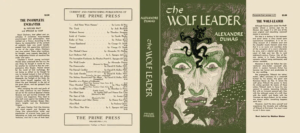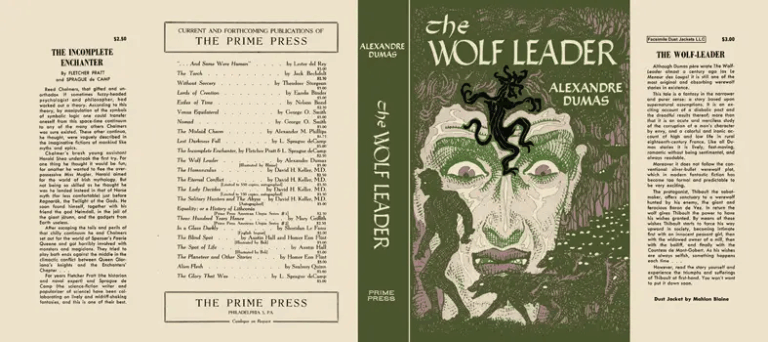Day 2 of the Enquiry by Design activity, that we’re seeing step by step, is where the collaborative design and problem-solving process truly begins to take shape. After the foundational work on Day 1—where participants were introduced to the project’s context, heard from key stakeholders, and possibly participated in a site visit—the focus now shifts to generating, refining, and developing design solutions. This day is characterized by intensive group work, creativity, and the practical application of ideas. The goal of Day 2 is to turn the broad concepts and insights from Day 1 into more concrete design proposals that address the challenges and opportunities identified.
Let’s see how.
1. Re-Establishing Focus
The day begins with a brief recap of the key insights and ideas from Day 1. This session helps participants refocus and transition from the exploration and brainstorming phase to the design and problem-solving phase. The facilitator or project lead typically summarizes the themes that emerged during the initial discussions, highlighting the most promising ideas and the areas that require further development. This helps to ensure that participants are aligned on the key issues that the design work will address throughout the day.
Eg: the recap might emphasize certain challenges, such as improving pedestrian connectivity in a downtown area or creating more green spaces in a redevelopment zone.
In this session, the facilitator also outlines the goals and structure of Day 2. Participants should understand that the focus is now on collaborative design and problem-solving, where they will work in smaller groups to develop more detailed solutions. The facilitator might introduce the specific tasks or activities for the day, such as refining design concepts, integrating stakeholder feedback, and considering technical feasibility.
2. Group Design Workshops
After the introductory session, participants are divided into smaller groups to begin the collaborative design work. These groups are typically organized around specific themes or focus areas identified on Day 1, such as transportation, housing, public spaces, or environmental sustainability. The purpose of working in smaller groups is to encourage in-depth discussions and allow participants to dive deeper into particular aspects of the project. Each group should be diverse, bringing together participants with different perspectives, expertise, and interests.
Eg: a group focused on public spaces might include urban designers, community representatives, local business owners, and environmental experts.
The group design workshops are highly interactive, with participants working together to sketch out ideas, explore different scenarios, and develop preliminary design concepts. Facilitators play a key role in guiding these discussions, helping the groups stay on track, and ensuring that everyone has a chance to contribute. Various participatory tools can be used to facilitate this process, such as:
- Mapping exercises: participants work together to annotate maps, identifying key areas for intervention or development.
- Scenario planning: groups explore different future scenarios and their implications, helping to visualize how different design choices could impact the area.
- Sketching and modeling: participants use sketching tools or digital design software to create visual representations of their ideas.
These workshops are iterative and collaborative, with participants building on each other’s ideas and continuously refining their proposals. The goal is not to produce finalized designs but to develop strong, feasible concepts that can be further refined and presented on Day 3.
3. Ensuring Feasibility
Throughout Day 2, it’s important to provide groups with continuous access to technical support and input. While creativity and innovation are central to the design process, the proposals must also be grounded in reality and consider factors such as engineering constraints, regulatory requirements, and environmental impacts. Technical experts from the Core Team, such as engineers, transportation planners, or environmental scientists, play a crucial role in ensuring that the design concepts are both visionary and practical. These technical experts are usually available for consultation as needed. Their role is to provide data, answer questions, and help participants navigate the complex technical issues that arise during the design process. This support ensures that the final proposals are not only creative but also implementable.
Eg: a group working on improving transportation infrastructure might consult with a transportation planner to ensure that their proposed changes to road layouts or public transit routes are feasible. Similarly, a group focused on sustainability might seek input from an environmental expert to understand the potential impacts of their designs on local ecosystems or water management.
4. Midday Check-In
Midway through Day 2, it’s helpful to bring all the groups back together for a check-in session aimed at multiple purposes: it allows groups to share their progress, fosters cross-pollination of ideas, and helps to identify any common themes or challenges that have emerged across the different groups.
During the check-in, each group presents a brief update on their work, highlighting their key design concepts, any blockers they’ve encountered, and any questions or issues that require input from the broader group. This sharing of ideas can spark new insights, as participants from different groups offer feedback or suggest alternative approaches. This type of cross-pollination enriches the design process and ensures that the final proposals benefit from a wide range of perspectives.
Eg: a group working on public space design might present a concept for a new park, and participants from another group might suggest incorporating additional elements, such as public art or community gardens, based on their own work on cultural or social aspects of the project.
The midday check-in also provides an opportunity for facilitators to address any issues that have arisen, such as a group needing additional resources or clarification on certain aspects of the project. By bringing everyone together, the check-in session helps to maintain momentum and ensures that the design process remains cohesive.
5. Continued Group Work
After the check-in, participants return to their groups to continue refining their design concepts. This phase of the day is focused on taking the initial ideas generated earlier and developing them into more detailed and coherent proposals. Groups should work on fleshing out their designs, considering how different elements fit together, and addressing any feedback or challenges that arose during the check-in.
At this stage, it’s important for groups to start thinking about how their proposals will be presented to the broader group on Day 3. This might involve creating visual aids, such as drawings, maps, or digital renderings that effectively communicate their ideas. Groups should also begin to articulate the rationale behind their designs, explaining how their proposals address the challenges and opportunities identified on Day 1 and how they align with the project’s overall objectives.
Facilitators continue to play a supportive role during this phase, offering guidance, helping groups stay on track, and ensuring that the work remains collaborative and inclusive. The emphasis is on refining the ideas into proposals that are ready for presentation and discussion on the final day.
6. Sharing Draft Designs
Toward the end of Day 2, each group presents their draft designs and receives feedback from the wider group. This preliminary presentation session allows participants to share their progress and gather input from other stakeholders, which can then be used to refine their proposals further overnight or during the morning of Day 3.
The presentations should focus on the key design concepts, the rationale behind the choices made, and any unresolved issues or questions that the group is grappling with. After each presentation, there should be time for open discussion and feedback, allowing other participants to ask questions, offer suggestions, or raise concerns.
Eg: a group might present a proposal for a new mixed-use development, explaining how it addresses the need for affordable housing while also promoting local businesses. Other participants might provide feedback on how the design could be improved to better integrate with existing infrastructure or suggest additional amenities that could enhance the area’s appeal.
This preliminary presentation session is an essential step in the iterative design process. It ensures that the proposals are informed by a wide range of perspectives and that any potential issues are identified and addressed before the final presentations on Day 3.
7. Setting the Stage for Finalization
Day 2 concludes with a wrap-up session, where the core team and facilitators summarize the day’s work and provide guidance for the final day of the event. This session is an opportunity to reflect on the progress made, highlight key themes that have emerged across the different groups, and ensure that everyone is prepared for the final presentations.
Facilitators might use this time to remind participants of the goals for Day 3, which typically include finalizing their designs and preparing for formal presentations. They might also provide specific feedback or suggestions based on the preliminary presentations, helping groups to focus their final efforts on addressing any remaining challenges or refining their proposals.
Participants should leave Day 2 with a clear sense of the next steps and the tasks they need to complete before the final presentations. The wrap-up session helps to maintain momentum and ensures that everyone is aligned on the goals for the final day of the activity.
But that’s a story for tomorrow.
The picture in the Header comes from the article “It’s More than a Game: Using participatory design to effectively and respectfully enable urban development” by Anthony Duckworth.







No Comments